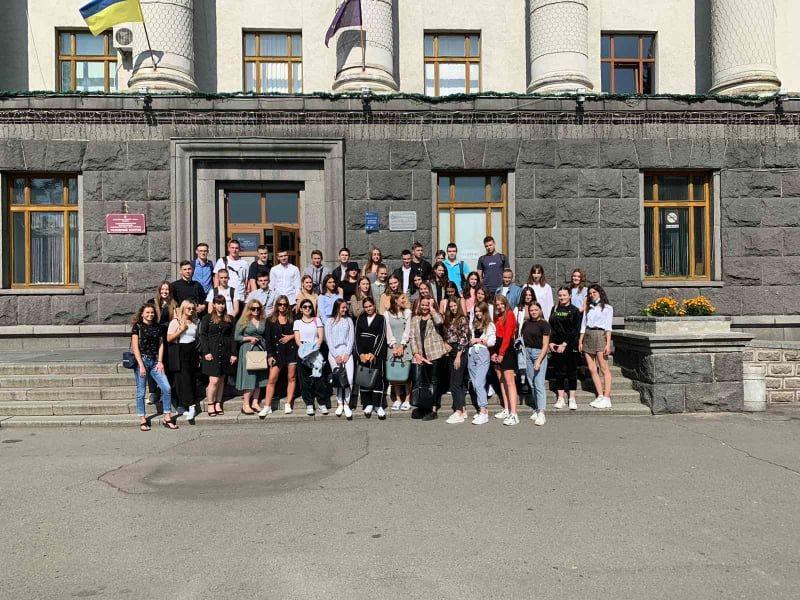Internationalization of Higher Education: Trends and Strategies for Global Connectivity

In the fast-paced world of academic excellence and innovation, higher education institutions are now more than ever, actively engaged in strengthening their international presence through internationalization. Internationalizing higher education encompasses innovative learning and teaching approaches with an emphasis on creating an inclusive, diverse, and dynamic learning environment with a global outlook. Internationalization is the process of integrating international, intercultural, and global dimensions into the goals, policies, programs, and activities of higher education institutions. This article outlines the latest trends and strategies for internationalization of higher education to create a more connected and diverse global community.

Trends in Internationalization of Higher Education:
The recent trends of internationalization of higher education are based on a need for an enhanced global outlook that resonates with the constantly changing economic, political, and social environment. Some of the current trends include:
- International student mobility: International students are increasingly looking for education opportunities beyond their borders. The number of international students enrolled in higher education institutions globally has been on the rise, with an estimated five million students currently pursuing higher education away from their home countries.
- Global research collaboration: Researchers are now more connected globally than ever before, and they increasingly collaborate across national borders. The demand for global research collaboration and networking is becoming more prominent every day.
- International experience for students: Globally, there is an emphasis on providing students with international education experiences as a core element of their academic curriculum. Whether through study abroad programs, internships, or experiences in multinational and multicultural settings, students are encouraged to broaden their horizons, enlarge their perspectives, and develop intercultural competence.
- Diversification of faculty and staff: Institutions now seek to increase the range of cultural and nationality diversity among faculty and staff. This diversity provides a different set of perspectives and skills, which fosters research innovation and development.
- Globalization of curricula: Institutions are designing new and revised curriculum that incorporates international and intercultural perspectives.

Strategies for Internationalization of Higher Education:
To achieve the internationalization goals of higher education institutions, effective strategies are required. Some of the effective strategies for internationalization of higher education include:
- Establishing partnerships and collaborations with international universities: Strategic partnerships and collaborations with reputable international institutions provide institutions with opportunities to undertake joint research projects, student and faculty exchanges, and cross-cultural learning experiences.
- Promoting study abroad: Institutions should provide opportunities for students to explore different parts of the world and learn in multicultural and multinational environments.
- Encouraging international student recruitment: Institutions should actively recruit international students by improving their marketing strategies and enhancing programs that support international student life.
- Faculty Development: Faculty development programs should be designed to enhance their intercultural competence, cultural awareness, and global sensitivity.
- Diversifying campus life: Institutions should develop programs and activities that promote diversity and inclusivity. This could include cultural events and student clubs, diversity and inclusion courses, and collaborations with local organizations that promote inclusivity and diversity.
Internationalization of higher education is critical to creating a more globally connected and diverse society that fosters research and innovation. Institutions need to develop comprehensive strategies that focus on effective partnerships and collaborations, study abroad programs, international student recruitment, faculty and staff development, and campus life diversification. With effective strategies in place, internationalization of higher education can play a crucial role in shaping the future of education, global connectivity, and diversity.
